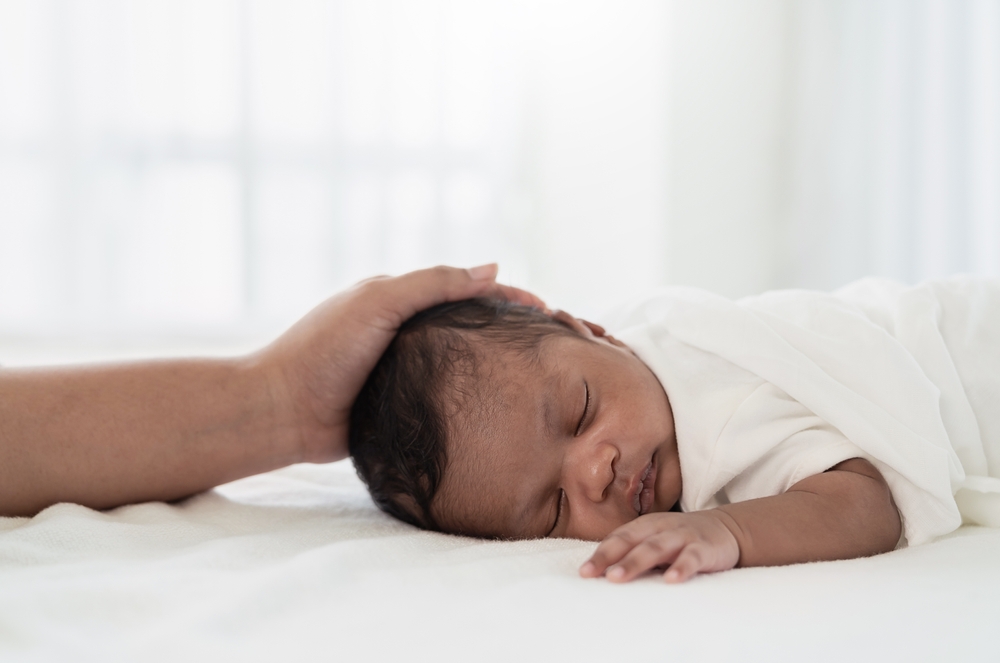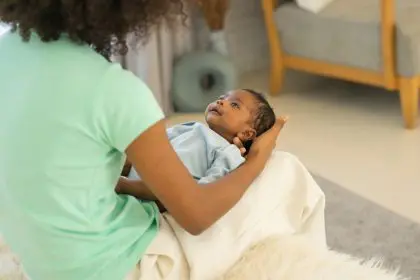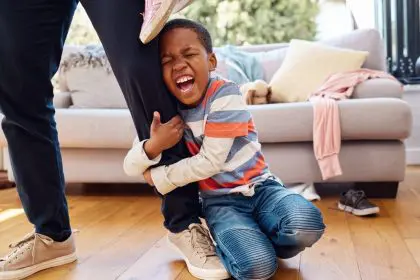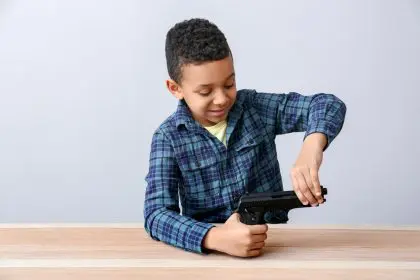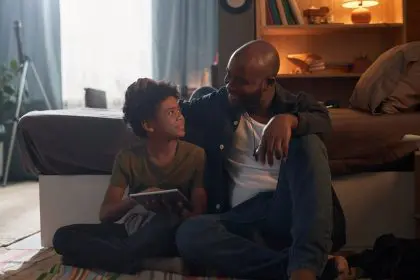Welcoming a newborn into your home is an exciting and joyous occasion, but it also comes with the responsibility of ensuring your home is a safe haven for your little one. As babies grow and develop, they become curious explorers, eager to touch, taste, and interact with everything in their environment. While this curiosity is a natural part of their development, it can also lead to accidents if your home isn’t properly baby-proofed.
Ensuring that your home is safe for a newborn is not just about preventing accidents; it’s about creating a space where your child can learn and grow without unnecessary risks. This guide will walk you through effective ways to baby-proof your home, providing peace of mind as you care for your newborn.
Start with the basics: Safety checks and planning
The first step in baby-proofing your home is conducting a thorough safety check. This involves looking at your home from a baby’s perspective and identifying potential hazards that might be overlooked in your day-to-day routine. Check for sharp edges on furniture, loose wires, small objects that could be a choking hazard, and areas where a baby could potentially get stuck.
Safety planning should include:
- Identifying dangerous areas: Kitchens, bathrooms, and stairs are high-risk zones.
- Securing furniture: Anchor heavy furniture and appliances to prevent them from tipping over.
- Checking small objects: Ensure that small items like coins, buttons, or toys are out of reach.
Securing the nursery: Creating a safe sleep environment
The nursery is where your newborn will spend a significant amount of time, especially during the first few months. Ensuring this space is safe is crucial for their well-being.
Key baby-proofing measures for the nursery include:
- Choosing the right crib: The crib should meet current safety standards with a firm mattress that fits snugly. Remove any soft bedding, pillows, or stuffed animals that could pose a suffocation risk.
- Monitoring temperature: Use a baby monitor with temperature sensors to ensure the room remains comfortable and safe.
- Securing furniture: All furniture in the nursery, such as dressers and bookshelves, should be anchored to the wall to prevent them from tipping over.
Living room safety: Reducing risks in shared spaces
Families often spend most of their time in the living room, making it a key area to baby-proof. This is where your baby will likely start crawling, pulling up, and eventually walking, so ensuring it’s safe is essential.
Important steps to baby-proof the living room include:
- Covering electrical outlets: Use outlet covers to prevent your baby from sticking fingers or objects into sockets.
- Securing cords and wires: Keep cords from blinds, lamps, and electronics out of reach or secured to the wall.
- Softening sharp edges: Use corner protectors on coffee tables, TV stands, and other furniture with sharp edges.
Kitchen precautions: Keeping dangerous items out of reach
The kitchen can be one of the most hazardous places in your home for a newborn. Sharp utensils, hot surfaces, and cleaning supplies make it important to take extra precautions.
Steps to baby-proof the kitchen include:
- Locking cabinets and drawers: Install childproof locks on cabinets and drawers that contain dangerous items like knives, cleaning supplies, and small appliances.
- Stove safety: Use stove knob covers and a stove guard to prevent your baby from turning on burners or reaching hot surfaces.
- Securing trash cans: Use a trash can with a locking lid or store it in a cabinet to keep your baby from accessing it.
Bathroom safety: Ensuring a clean and secure environment
Bathrooms present a variety of dangers for a newborn, from drowning hazards to access to medications and chemicals.
Baby-proofing the bathroom involves:
- Installing toilet locks: Babies can drown in as little as an inch of water, so using a toilet lock is essential.
- Storing medications and cleaning products safely: Keep all medicines, vitamins, and cleaning supplies in a locked cabinet out of reach.
- Using slip-resistant mats: Place non-slip mats in the tub and on the bathroom floor to prevent slips and falls.
Stair safety: Preventing falls and injuries
If your home has stairs, they are a significant hazard for a newborn. Falls are one of the most common injuries in babies and toddlers, so securing your stairs is crucial.
Effective ways to baby-proof stairs include:
- Installing baby gates: To prevent your baby from accessing the stairs, install sturdy, wall-mounted baby gates.
- Using stair rail covers: If your stair rails have wide gaps, consider using rail covers to prevent your baby from getting stuck or falling through.
- Keeping stairs clear: Ensure that stairs are free of toys, shoes, and other objects that could cause a fall.
General tips: Creating a safe environment throughout the home
Beyond the specific rooms in your home, general baby-proofing tips apply to the entire house. These tips help create a safe and secure environment where your baby can explore without constant worry.
Additional baby-proofing tips include:
- Supervising playtime: No amount of baby-proofing can replace supervision. Always watch your baby closely, especially when they’re exploring new areas.
- Using baby-proofing products: Invest in quality products like corner protectors, door stoppers, and cabinet locks.
- Educating other caregivers: Ensure that anyone who cares for your baby, including grandparents and babysitters, understands and follows the baby-proofing measures you’ve implemented.
Conclusion
Baby-proofing your home is a crucial step in ensuring your newborn’s safety and allowing them to explore their environment without unnecessary risks. While the process may seem overwhelming initially, breaking it down into manageable steps for each room can make it easier to tackle. Remember that baby-proofing isn’t a one-time task; it’s an ongoing process that evolves as your baby grows and becomes more mobile. By following these effective baby-proofing strategies, you can create a safe, secure, and nurturing environment where your newborn can thrive. Your peace of mind is just as important as your baby’s safety, and taking these steps will help ensure that both you and your little one can enjoy this special time together with confidence.

